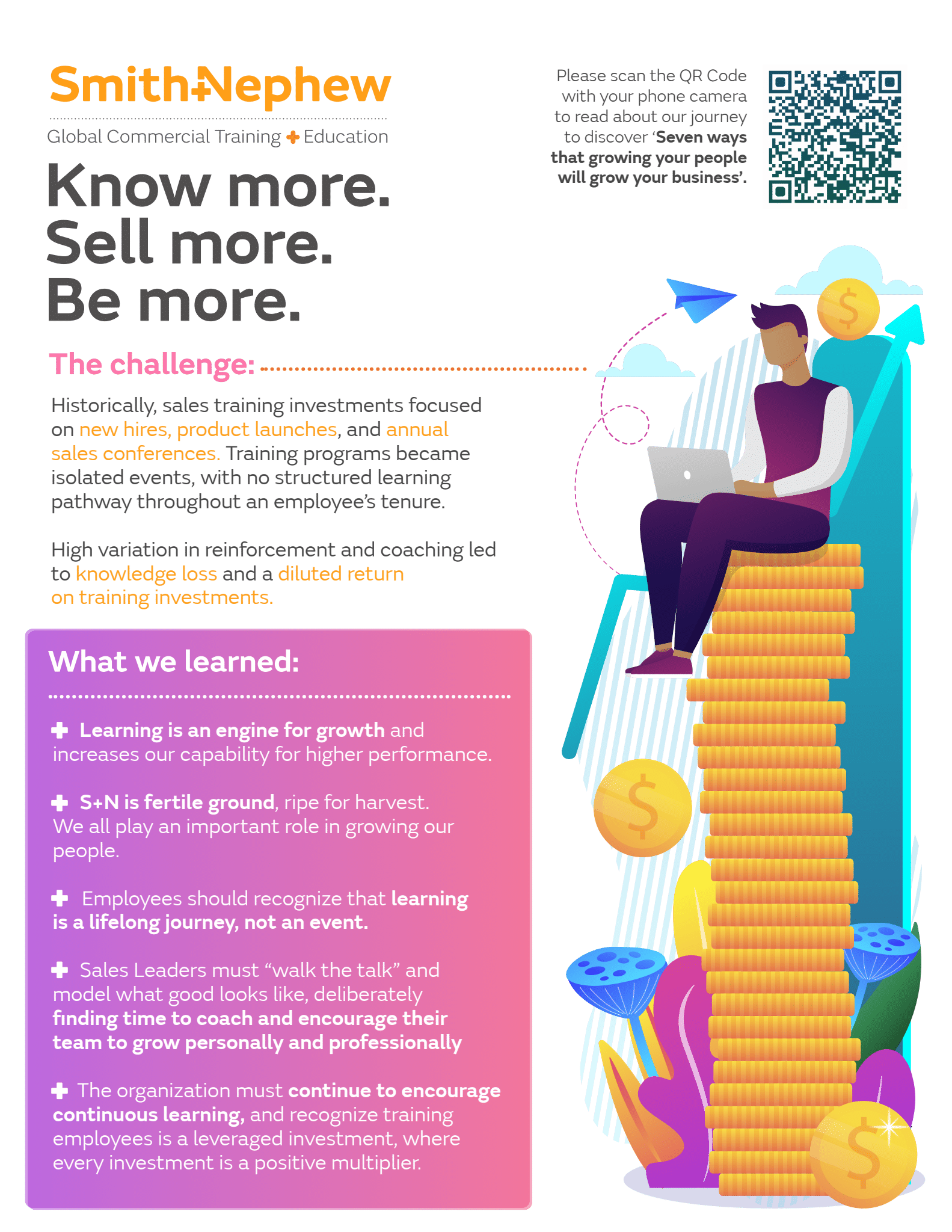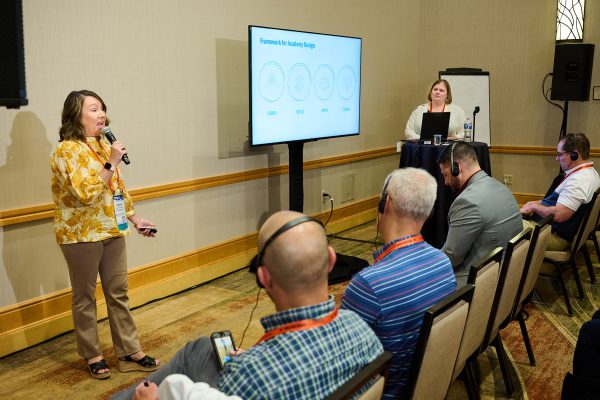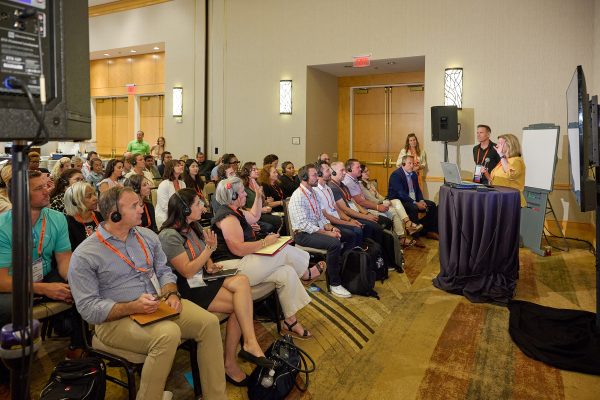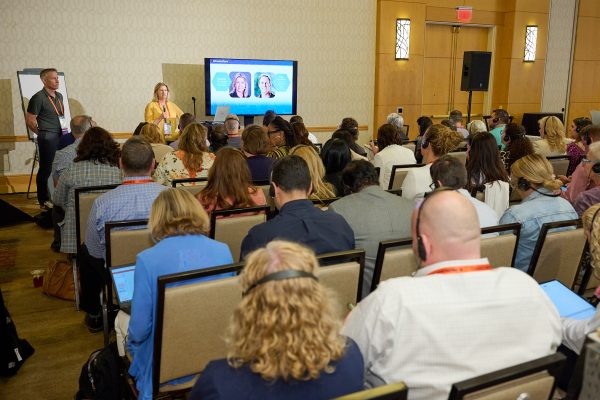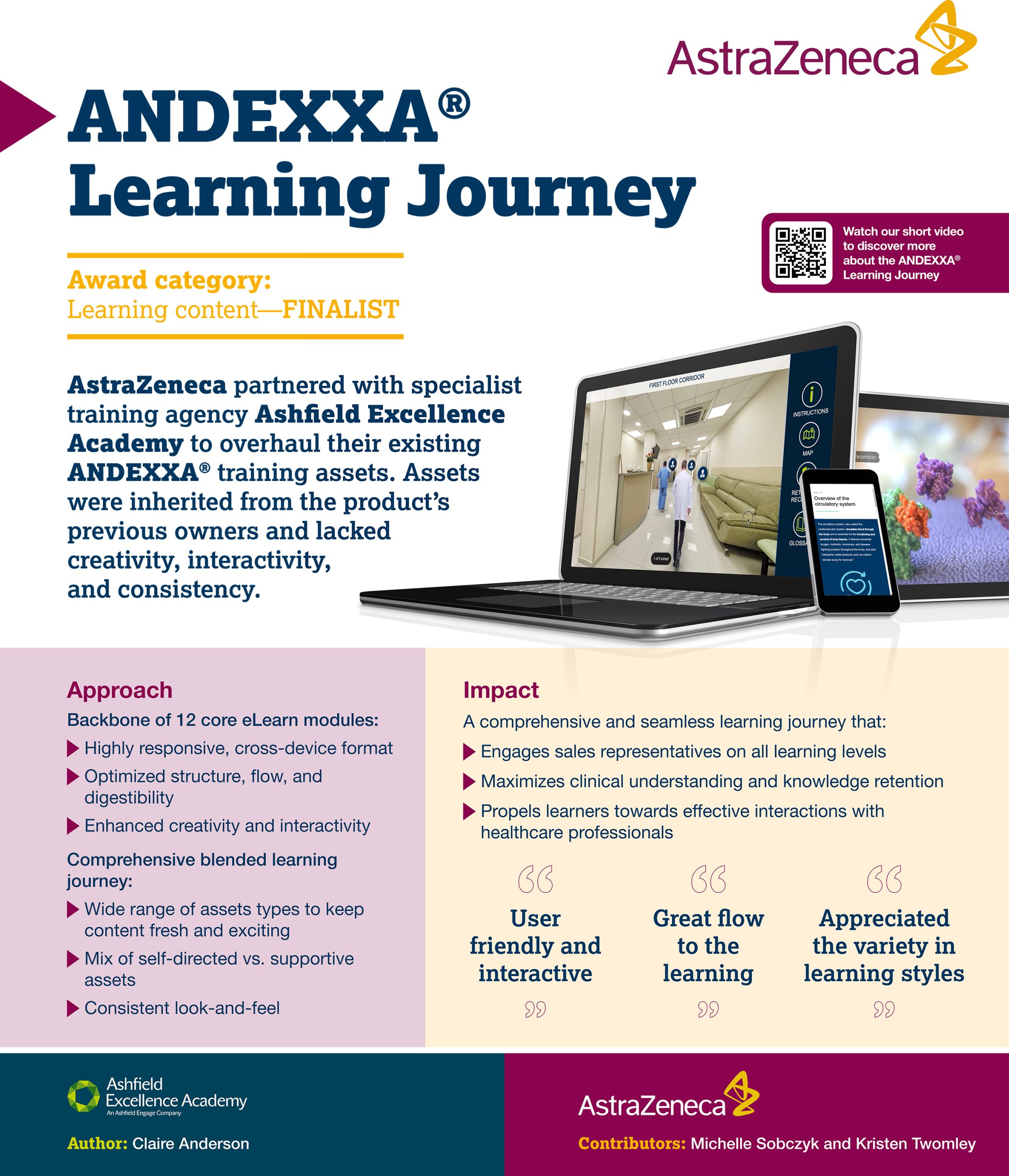Two Opportunities to Showcase Your Work
LTEN Excellence Award finalists are invited to create a poster presentation of your 2024 awards finalist entry, summarizing and spotlighting your work in person at the Conference and digitally across LTEN communications channels.


